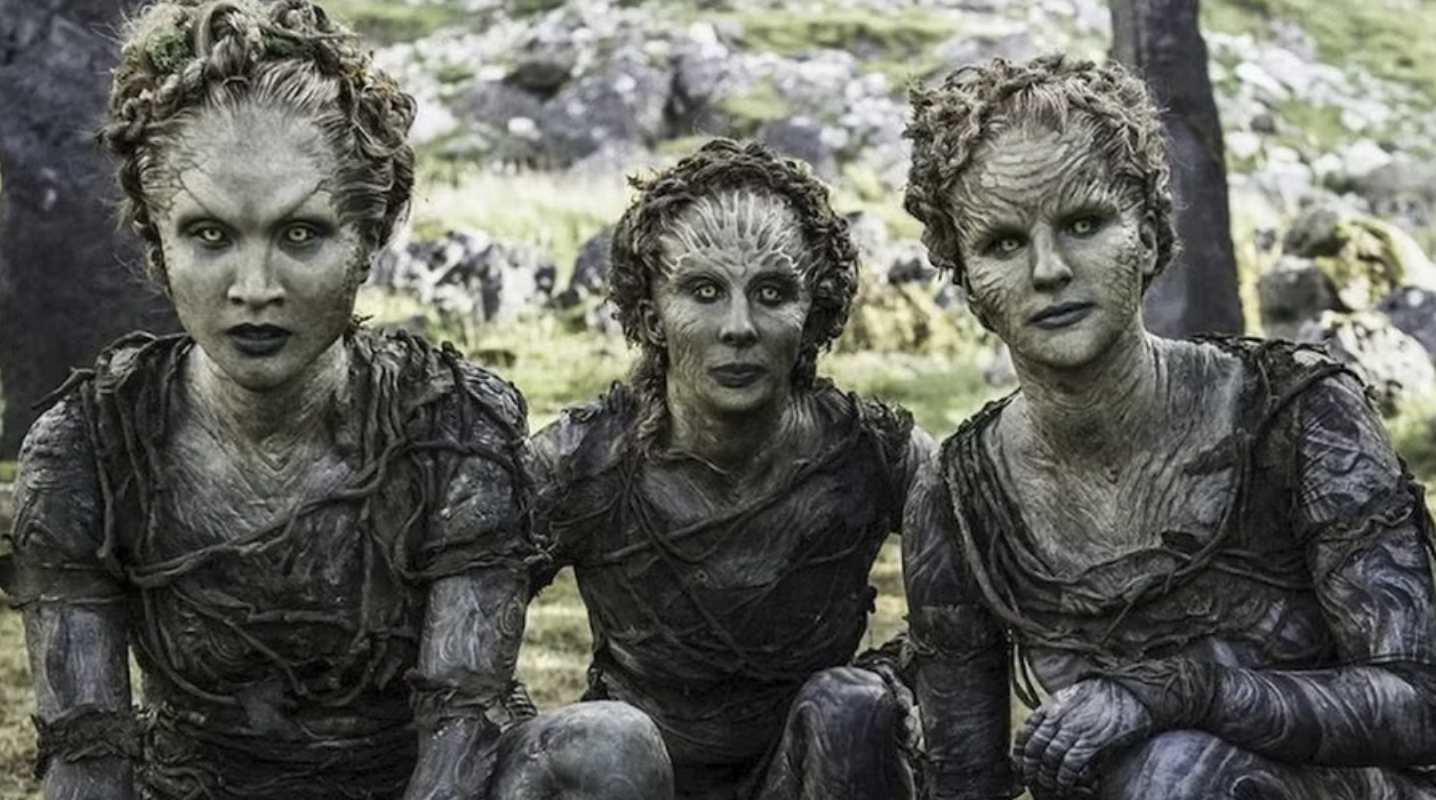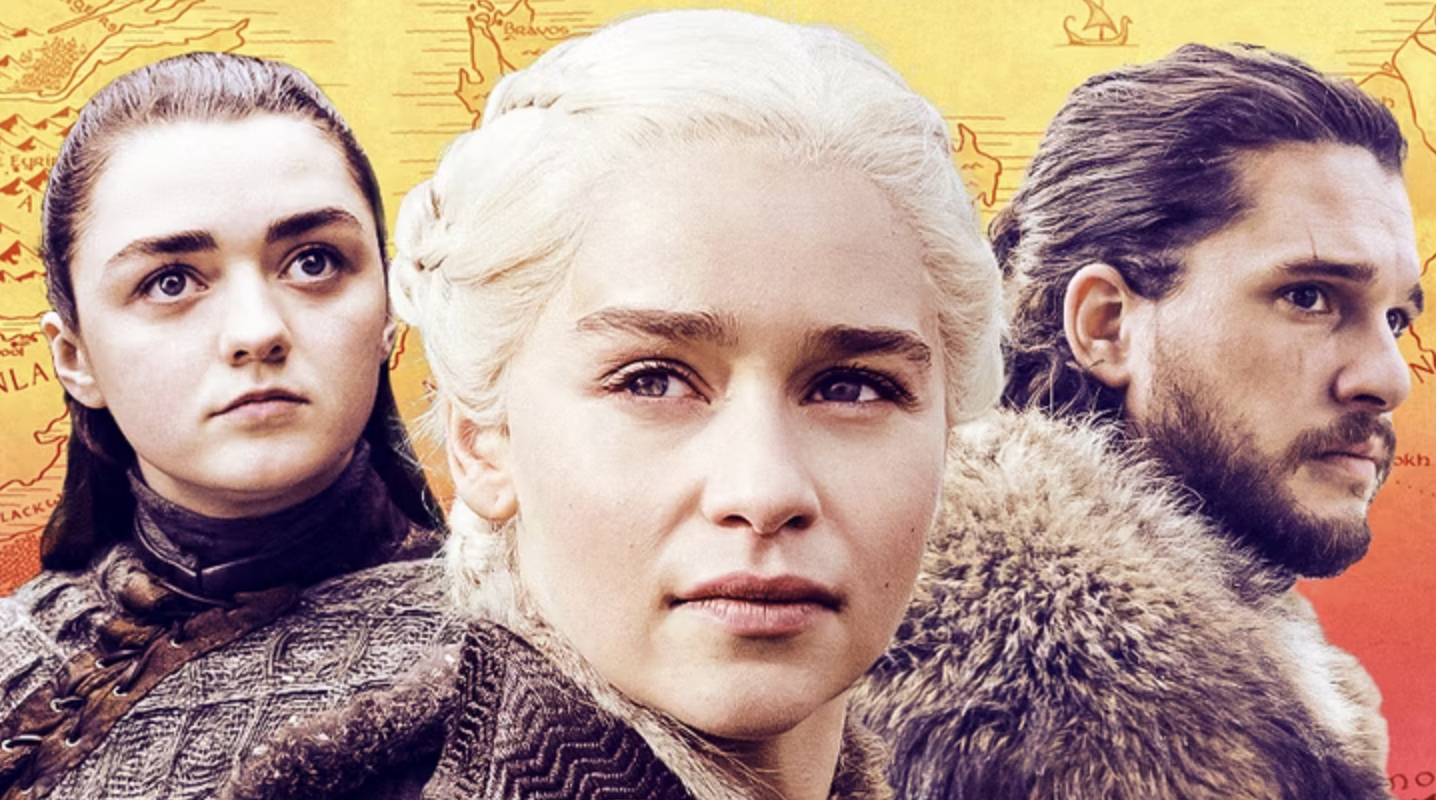Game of Thrones became a phenomenon during its run, gaining a significant audience because it rebelled against fantasy series. However, especially after fans were disappointed with the series’ ending, it was criticized and stated that the series contained many mistakes. It’s impossible to please such a large audience, but the repeated accusation that the show lacks magic is unfounded. Although Game of Thrones has a reputation for being a “realistic” fantasy series with all its gore and gore, the show is full of magical elements. From Central Dragons to White Walkers, there’s already so much going on in this series that it doesn’t need more. No, Game of Thrones doesn’t have the classic image of a wizard with a hat and a stick, but it doesn’t have to. Daenerys (Emilia Clarke), Bran (Isaac Hempstead Wright), Melisandre (Carice Van Houten), Arya (Massie Williams), and many other characters use magic throughout the series, and that doesn’t count minor characters. The series covers magic with prophecies, resurrections, greenery and wars.

This does not mean that there are no problems with the use of magic in Game of Thrones. There are many unrelated instances of magic in the show, which confuses the system. But he is very present. There is no explanation of how Melisandre’s powers work or how the Faceless People can change their appearance. While the source of the magic doesn’t require much explanation, the completely unrelated abilities make it needlessly confusing. However, the biggest problem is the ineffective use of established magic. While magic appears frequently, characters often don’t reuse their powers, and the show hints at things that were never developed, such as the concept of war for Starks other than Bran. Other types of magic are mentioned but quickly forgotten or even denied later in the show. There was no shortage of magic in Game of Thrones. However, the magic that was already there needs to be explained.
